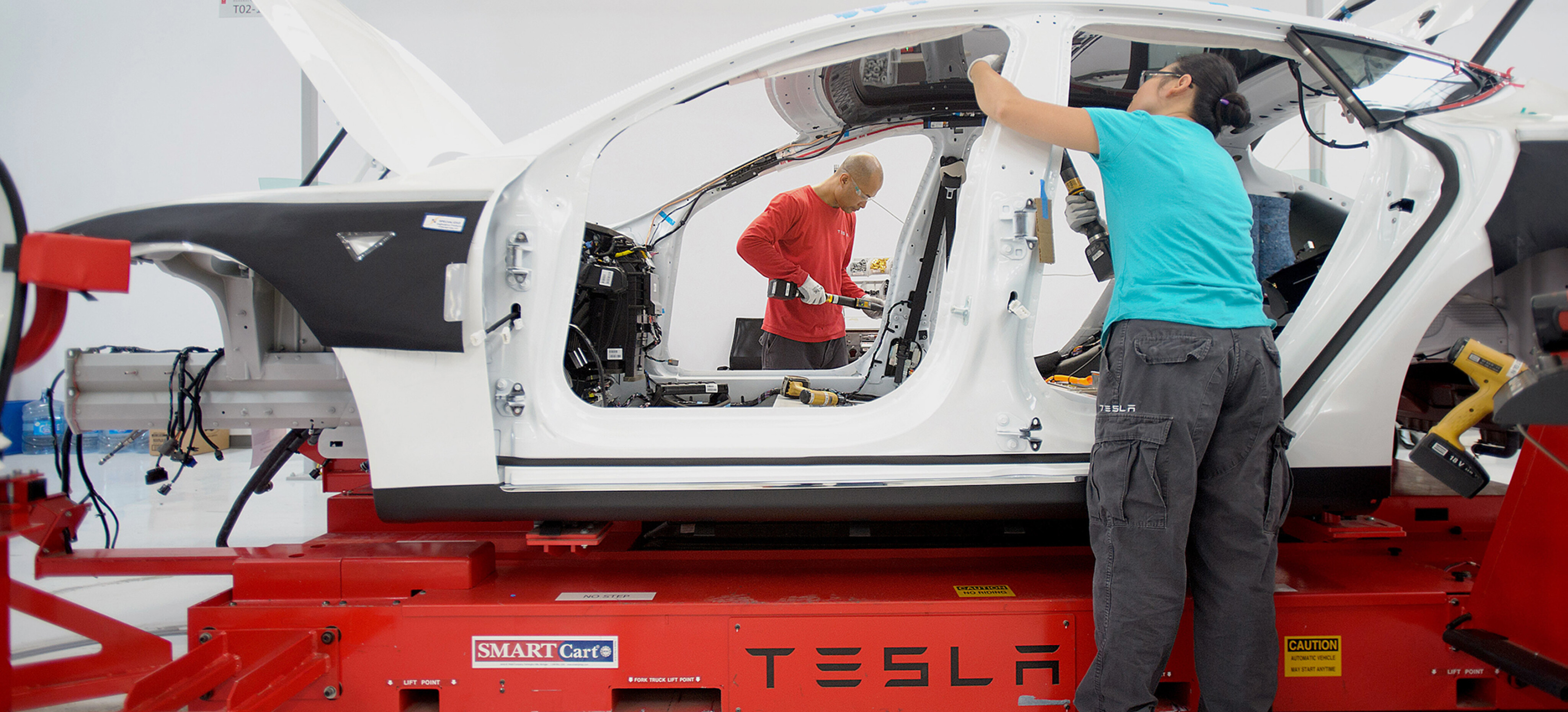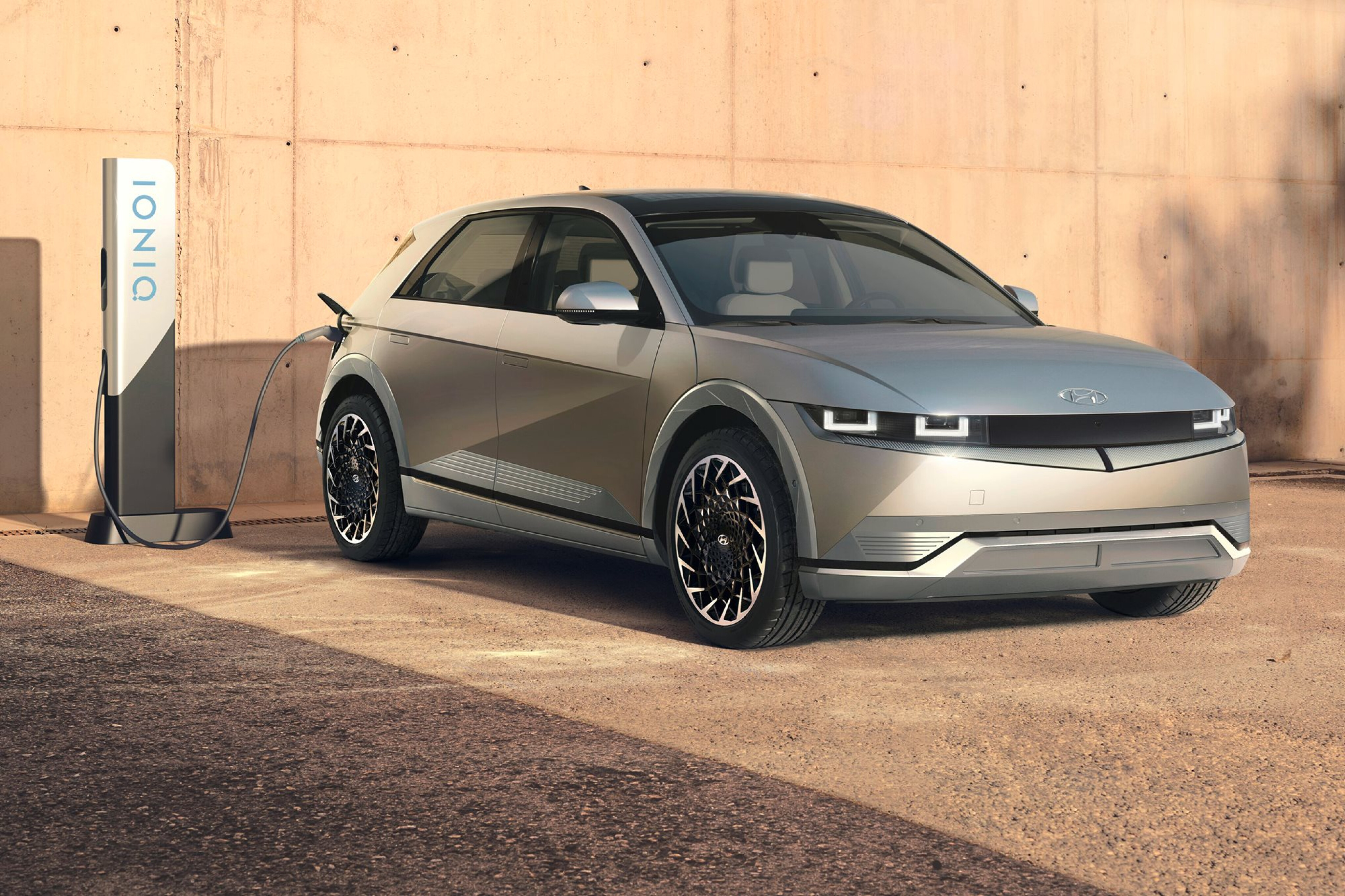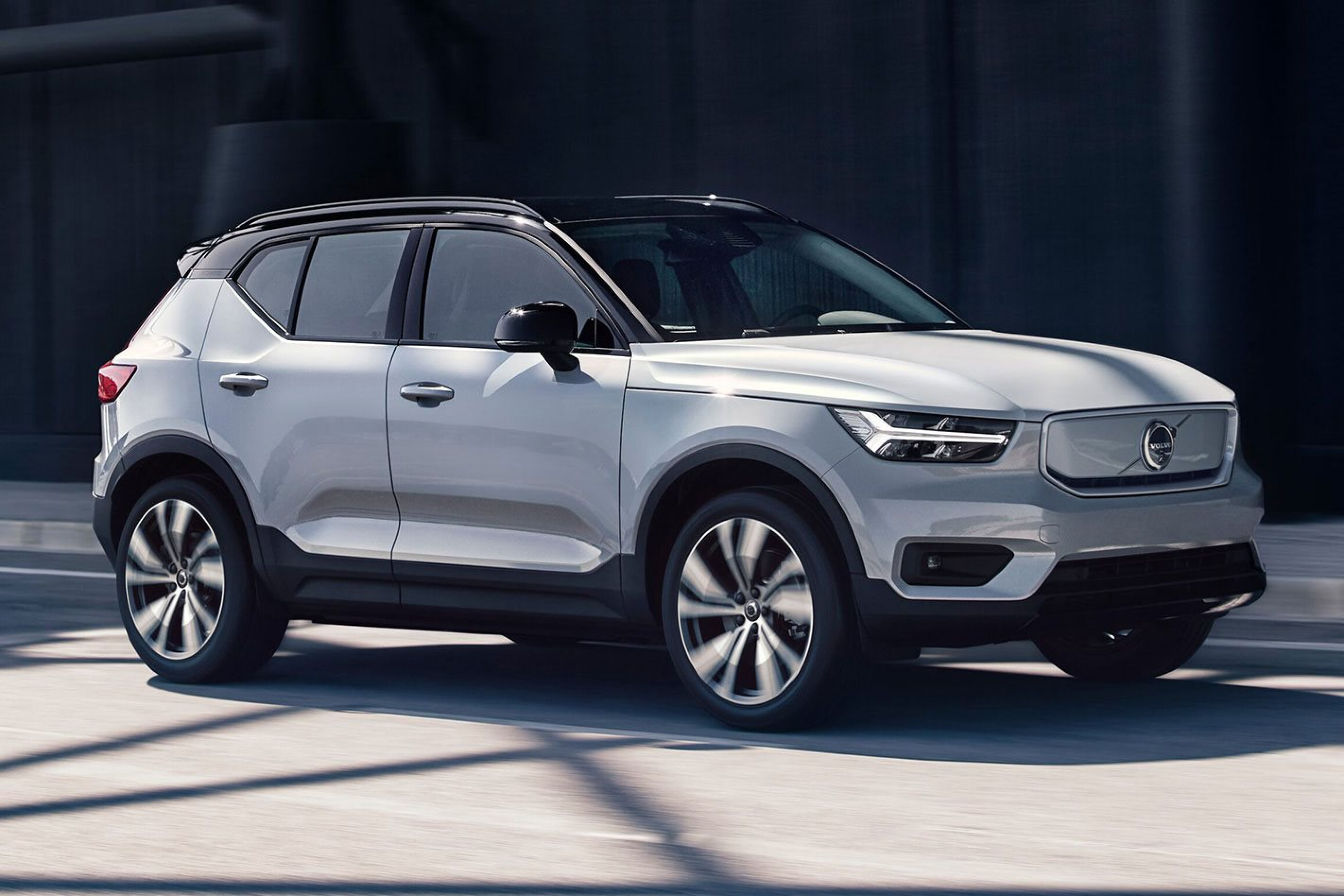
Consumer Reports, a not-for-profit advocacy organisation in the US, has predicted current constricted electric vehicle supply levels won’t satisfy demand “until at least the end of the decade”.
Snapshot
- Low EV supply has created pent-up demand
- Predicts consumers are willing to wait for EVs
- Decreasing combustion engine market share this decade
According to its latest study (via Green Car Reports), demand for EVs in the US between 2020 and 2022 jumped by 350 per cent.
It states today’s low supply levels for EVs has created pent-up demand for the next few years, which is reducing the potential market for traditional petrol and diesel-powered cars.

Consumer Reports predicts the ‘Osborne Effect’ – where buyers will wait until the EV market settles – will play a part in buyer decisions, instead of opting for a combustion-engined vehicle seen as inevitably ‘obsolete’. and potentially hard to sell later.
“This rising tide of demand is projected to be met by lagging supply leaving many consumers who want a BEV [battery-electric vehicle] to choose between settling for a gasoline vehicle they don’t want, joining an ever-expanding waitlist, or just waiting it out and holding onto their existing vehicle for longer,” Consumer Reports said.
The global car industry has been – and continues to be – hit in the past few years by parts shortages, exacerbated by the war on Ukraine, and shipping delays at ports.
In Australia, the launch of electric cars such as the Hyundai Ioniq 5, Kia EV6 and Volvo XC40 Recharge have been restricted due to low stock allocations for a country that lacks any fuel-efficiency standards that penalise carmakers for not meeting average emissions thresholds.

The launch of the Volkswagen ID.3 hatchback and ID.4 and ID.5 electric SUVs have also been put on the backburner for Australia until 2024 – four to five years after they debuted overseas.
Meanwhile, the Chinese-made Tesla Model 3 sedan and Model Y SUV continue to dominate the local EV market with seemingly no stock limitations and a rebound from supply challenges that have put the former in the top 10 overall best-selling new cars Down Under.
It’s a similar story with the third-best selling EV last year, the BYD Atto 3, which only launched in the second half of 2022, and benefits from a vertically-integrated production line and healthier local supply of parts in China.



COMMENTS